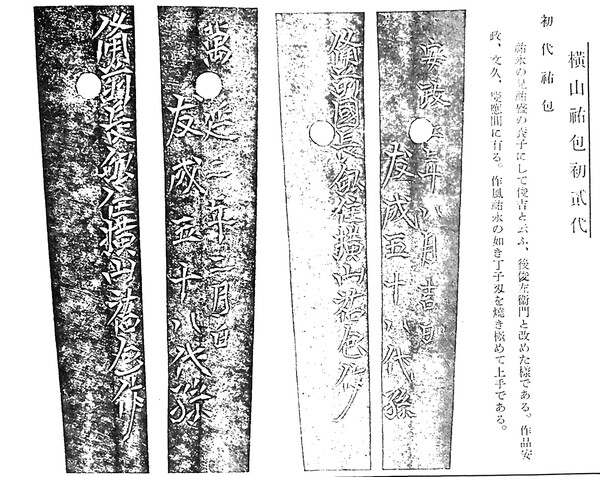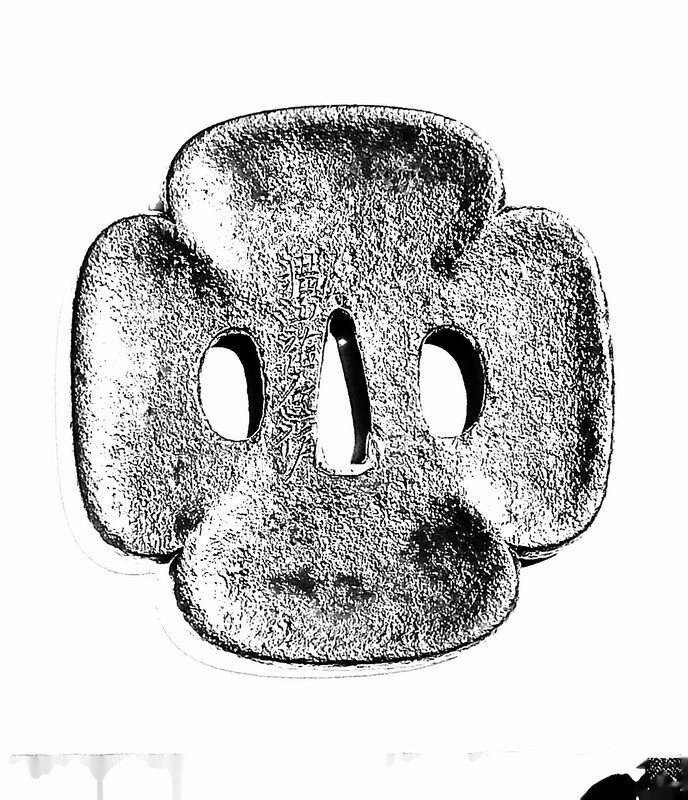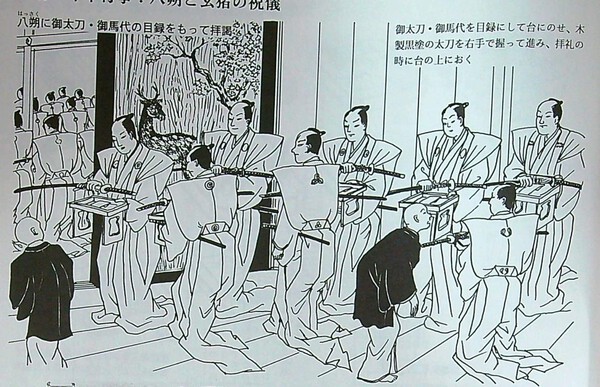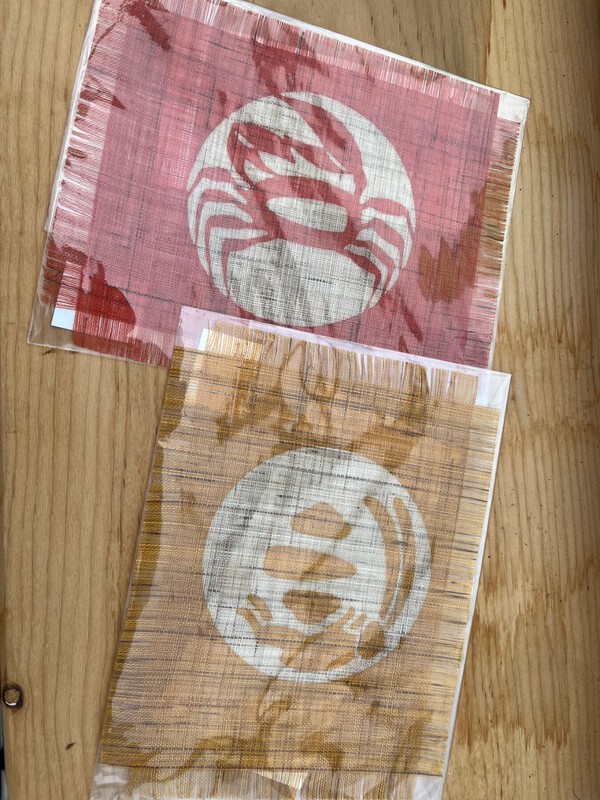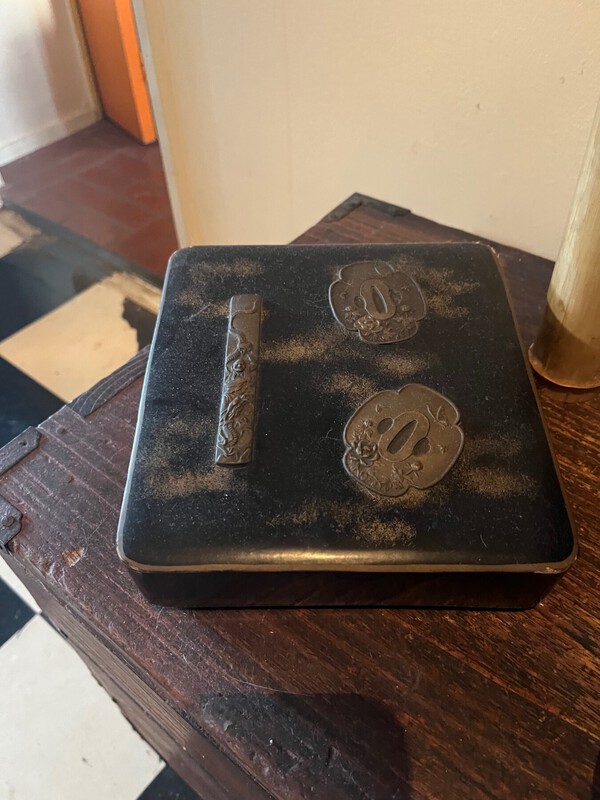-
Posts
2,435 -
Joined
-
Last visited
-
Days Won
21
Content Type
Profiles
Forums
Events
Store
Downloads
Gallery
Everything posted by Toryu2020
-
asking for a friend - The inscription starts with three small kanji - 併而祈 below that, four large kanji - 武運長久 Bu-un Cho-kyu - Which as I understand it is a common four character "idiom" from the war years "Continued Luck in War" - the question is the three small kanji at the top - how is it read in Japanese? Shikamo Hei (wo) Inoru? or some such and what would be the best English translation for these three? Any help appreciated, -tch
-

Samurai with multiple Nihonto?
Toryu2020 replied to rematron's topic in General Nihonto Related Discussion
PS prior to the Edo period there was less restriction but also probably less accumulation a good family would have a court sword and swords for battle but not so many I am thinking as in peaceful Edo times... -t -

Samurai with multiple Nihonto?
Toryu2020 replied to rematron's topic in General Nihonto Related Discussion
Absolutely - There were restrictions on the length of sword and the look of it's koshirae when on official duty - thus we have many swords with black scabbards and Goto-esque fittings. But off-duty you could wear pretty much what you wanted according to your taste and your pocketbook. If you were rich enough you change your sword according to the time of year, event or location or you could have one favorite sword and a dozen koshirae to choose from. There was nothing that said you had to wear a specific sword (only koshirae) for a specific occasion... -t -

Samurai with multiple Nihonto?
Toryu2020 replied to rematron's topic in General Nihonto Related Discussion
Here is an image of the annual sword gifting ceremony at the Shoguns' palace - all persons would have been hatamoto rank or higher... -t -

Samurai with multiple Nihonto?
Toryu2020 replied to rematron's topic in General Nihonto Related Discussion
Very common - a well-to-do household would have had a stockpile of swords for various occasions and for gift-giving. Certain ranks were expected to give swords of a set value at annual ceremonies for the Shogun and others. This is why there are many gimei to well known smiths there was demand for swords signed by such and that was one way to meet that demand... -t -
If in the right hand, wouldn't the ha (cutting edge) be down and not up? -t
-
I'm not sure it was Ford who suggested finger bones. I guess my question would be - in your drawing which hand is holding the sword and which fingers are we seeing? -t
-

Tsuba in everyday objects - the culture of Tsuba
Toryu2020 replied to Spartancrest's topic in Tosogu
-

Tsuba in everyday objects - the culture of Tsuba
Toryu2020 replied to Spartancrest's topic in Tosogu
-

Tsuba in everyday objects - the culture of Tsuba
Toryu2020 replied to Spartancrest's topic in Tosogu
-

Can't figure out a couple knji on NTHK paper.
Toryu2020 replied to DTM72's topic in Translation Assistance
ha-yori = towards the ha (cutting edge) Masa kakari = masa(me) is applied/seen utsuri ari = there is utsuri -

Can't figure out a couple knji on NTHK paper.
Toryu2020 replied to DTM72's topic in Translation Assistance
Ooh didn't see that - I think it reads "Itame, ha yori masa kakari utsuri ari" Itame hada, towards the cutting edge masame is applied there is utsuri... I think, -t -

Can't figure out a couple knji on NTHK paper.
Toryu2020 replied to DTM72's topic in Translation Assistance
Shinogi-zukuri IORI-mune sugu(ha) CHO hakikake Iori = peaked roof Cho = pattern or feeling... -t






